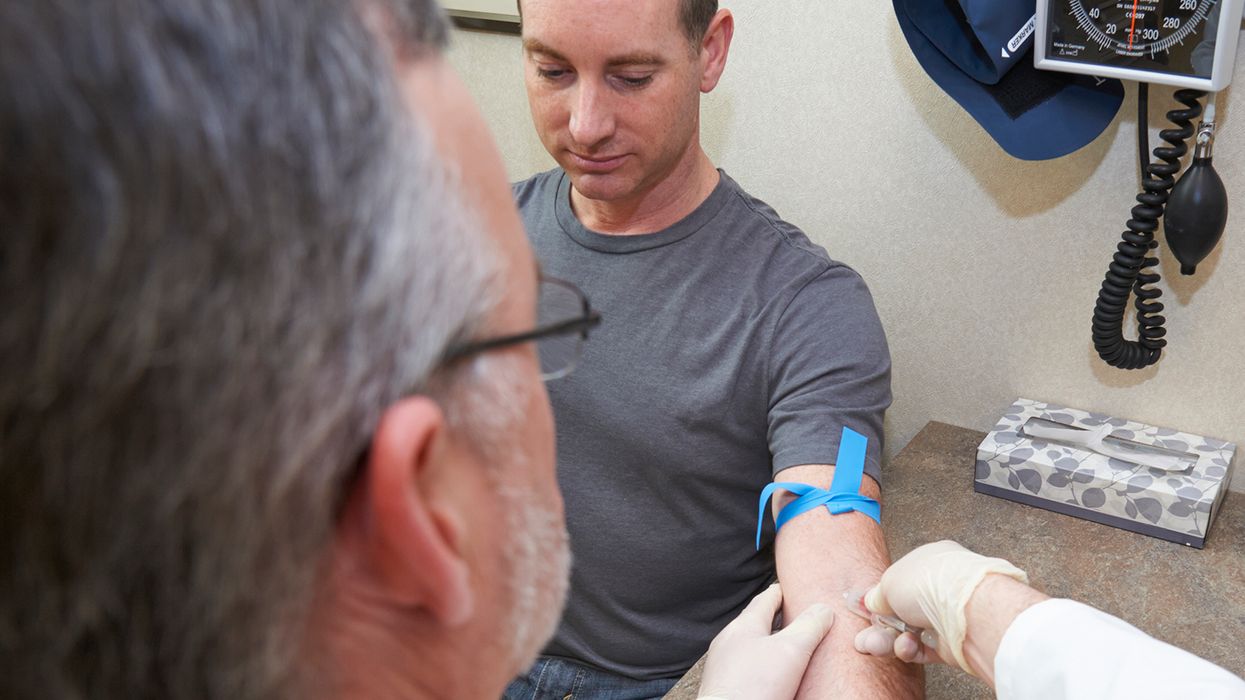Cash-strapped EPA hikes TSCA fees for chemical activities
Inside EPA, the Toxic Substances Control Act (TSCA) program may have, for years, looked much like a scene from an episode of “I Love Lucy,” where Lucy and Ethel take jobs at a chocolate factory. Instead of wrapping chocolates that whizzed by on a production line, however, EPA scientists faced an avalanche of new chemical submissions. A final rule, though, set to appear in the Federal Register may give these scientists some relief.
Funding problem
Prior to 2016, the agency had been reviewing just 20 percent of all new chemicals in 90 days before they entered commerce. The remaining 80 percent sailed through the new chemical submittal process without as much scrutiny and were stamped approved in 90 days.
Then, in 2016, a new law stepped things up. It mandated the review of 100 percent of new chemical submissions in the 90-day time frame. Despite the increase in duties, the agency suffered insufficient funding and staffing for the TSCA program. That meant many chemicals were stuck in review and could not go to market. Even those chemicals needed for modern technologies like semiconductors, batteries, and biotech faced the same bottleneck. Stakeholders on all sides were frustrated.
In a Congressional hearing on January 24 this year, EPA Assistant Administrator Michal Freedhoff, Ph.D., concluded: “The truth is we’re not able to achieve all that TSCA was expected to. The problem’s clear. TSCA’s underfunded … We don’t need to change the law. We need funding to implement the law we have.”
New final rule
Now, though, EPA posted a pre-publication version of a final rule to increase TSCA fees, as authorized under the law. The rule updates how EPA will recover authorized costs and ensure that collected fees provide the agency with 25 percent of authorized costs. It takes effect 60 days after the rule is published in the Federal Register.
Fee triggers
The rule would require payment of fees for eight categories of activities or events under TSCA sections 4, 5, and 6:
- Test rules under TSCA section 4;
- Enforceable consent agreements under TSCA section 4;
- Test orders under TSCA section 4;
- Pre-manufacture notices (PMNs), significant new use notices (SNUNs), and microbial commercial activity notices (MCANs) under TSCA section 5;
- New chemical exemption applications (for low volumes, test marketing, TSCA environmental releases, etc.) under TSCA section 5;
- EPA-initiated risk evaluations under TSCA section 6;
- Manufacturer-requested risk evaluations for chemicals on the TSCA work plan; and
- Manufacturer-requested risk evaluations for chemicals not on the TSCA work plan.
Who pays?
Most fee responsibilities under the rule are assigned to chemical manufacturers (including importers). In certain cases, fees may also apply to chemical processors. An example would be when a processor submits a SNUN under TSCA section 5 or is identified in a TSCA section 4 test order.
Entities that meet the definition of a “small business concern,” as defined, can receive a discount of approximately 80 percent.
Where multiple entities are subject to a fee, the final rule allows those entities to pay individually or through a consortium of payers. EPA will divide the total fee amongst responsible individual and joint payers per a formula and process described in the rule.
Fees may change in the future
During fiscal years 2024-2026, EPA says it will work to track actual TSCA implementation costs and use that data to adjust future fees, if appropriate. As required by law, EPA will evaluate and re-adjust the fees, if necessary, every three years. Note that the TSCA program is also funded, in part, by the Congressional budget.
More information
For TSCA funding and fees information, visit our TSCA Fees discussion and EPA’s “Toxic Substances Control Act (TSCA) Administration Fees” webpage.
Also check out the archived webcast, “Oversight of Toxic Substances Control Act Amendments Implementation,” a hearing held by the Senate Committee on Environment & Public Works on January 24. That hearing covered “all things TSCA related,” including the ever-controversial topic of worker protections.
In fact, when asked by one Senator why the TSCA Program is suffering “mission creep” into the OSHA arena, Freedhoff explained, “TSCA says that we have to consider the risks to ‘potentially exposed and susceptible subpopulations,’ and that term is explicitly defined to include workers.” She added that OSHA standards don’t protect everyone. By that she meant they don’t cover self-employed workers nor public workers that are not subject to a state OSHA plan. TSCA, then, can fill that gap.
The Senator replied that given the funding issues, “staying in the lane would probably be helpful.”
Key to remember
EPA posted a pre-publication version of a final rule to increase TSCA fees. It takes effect 60 days after publication in the Federal Register.


















































